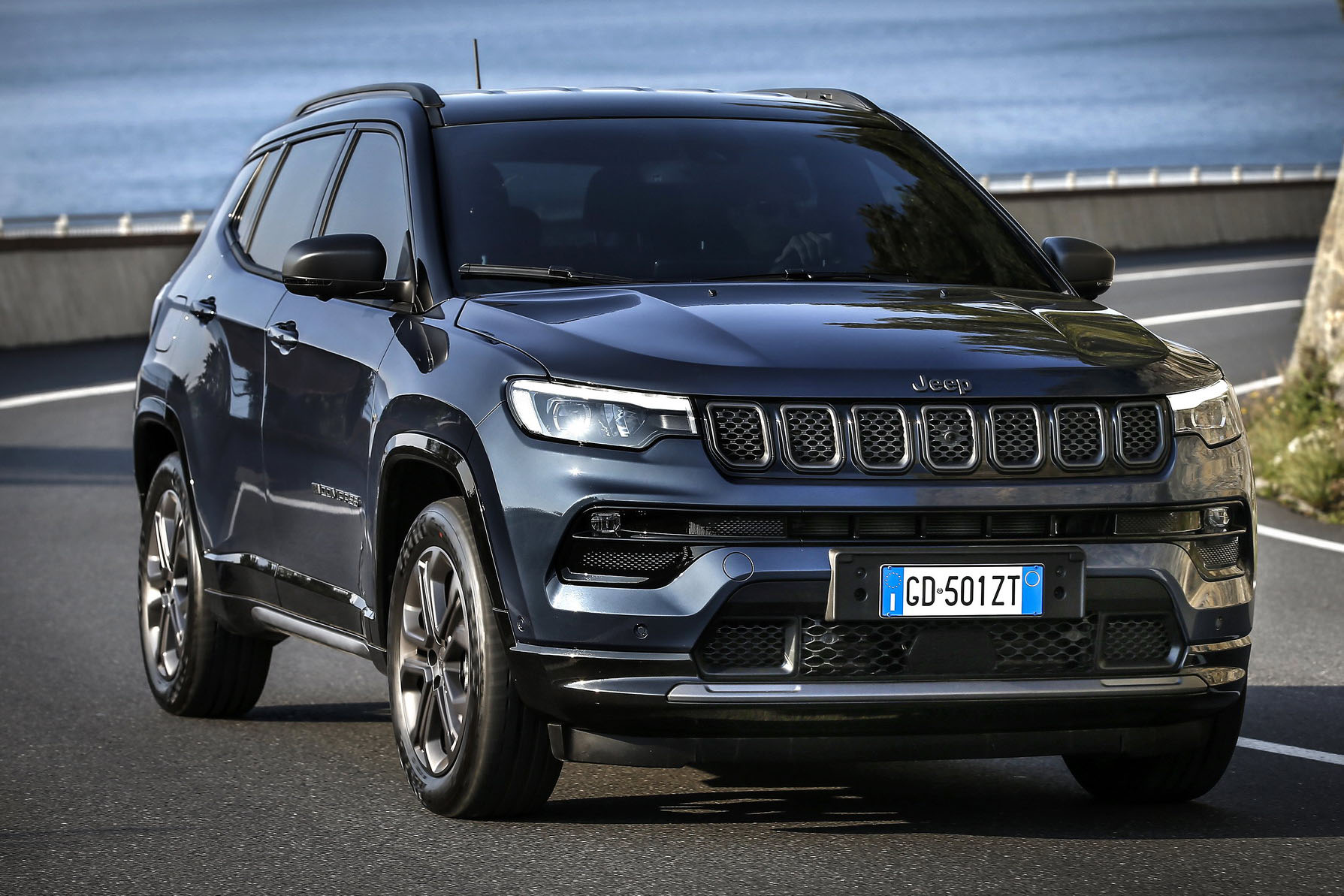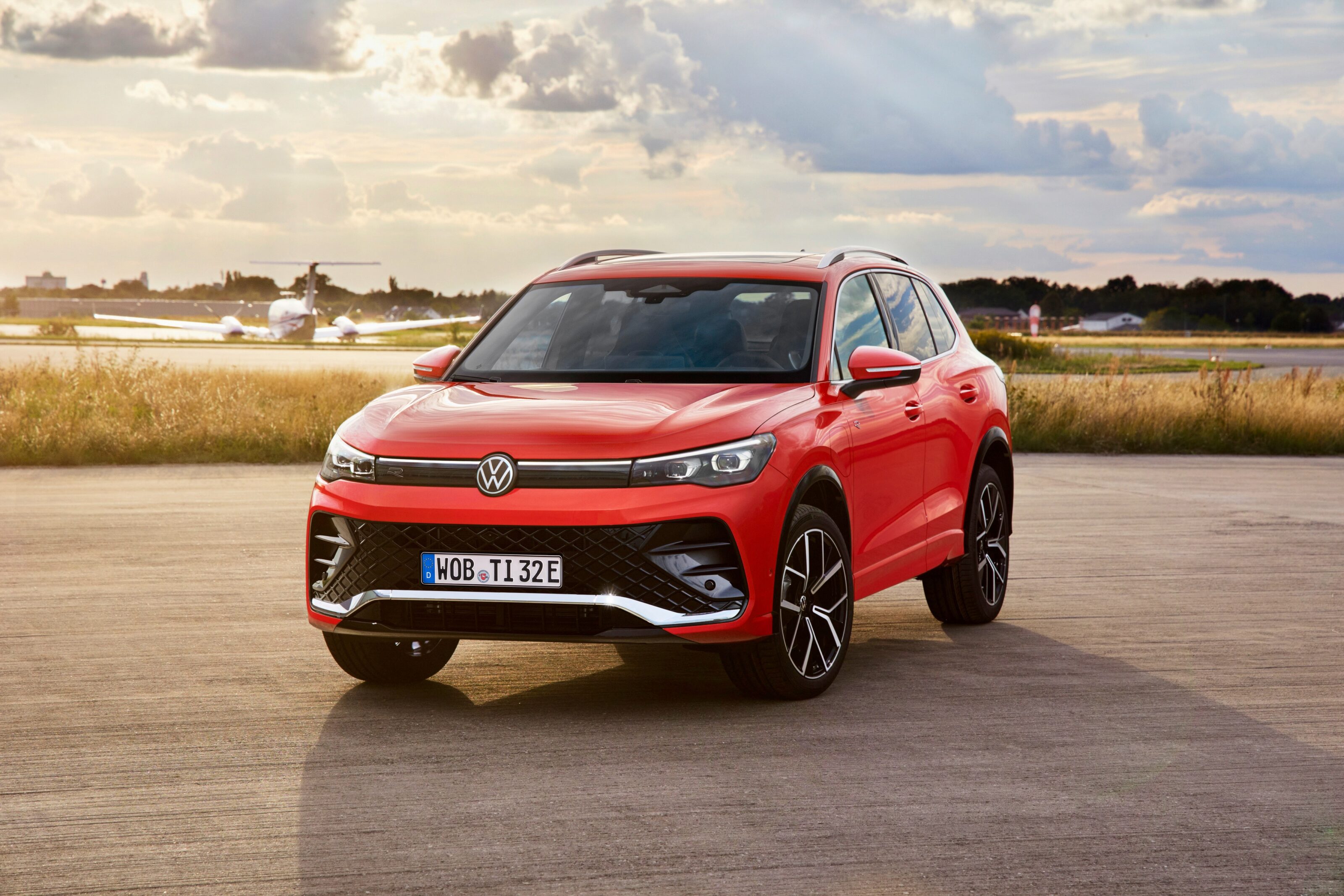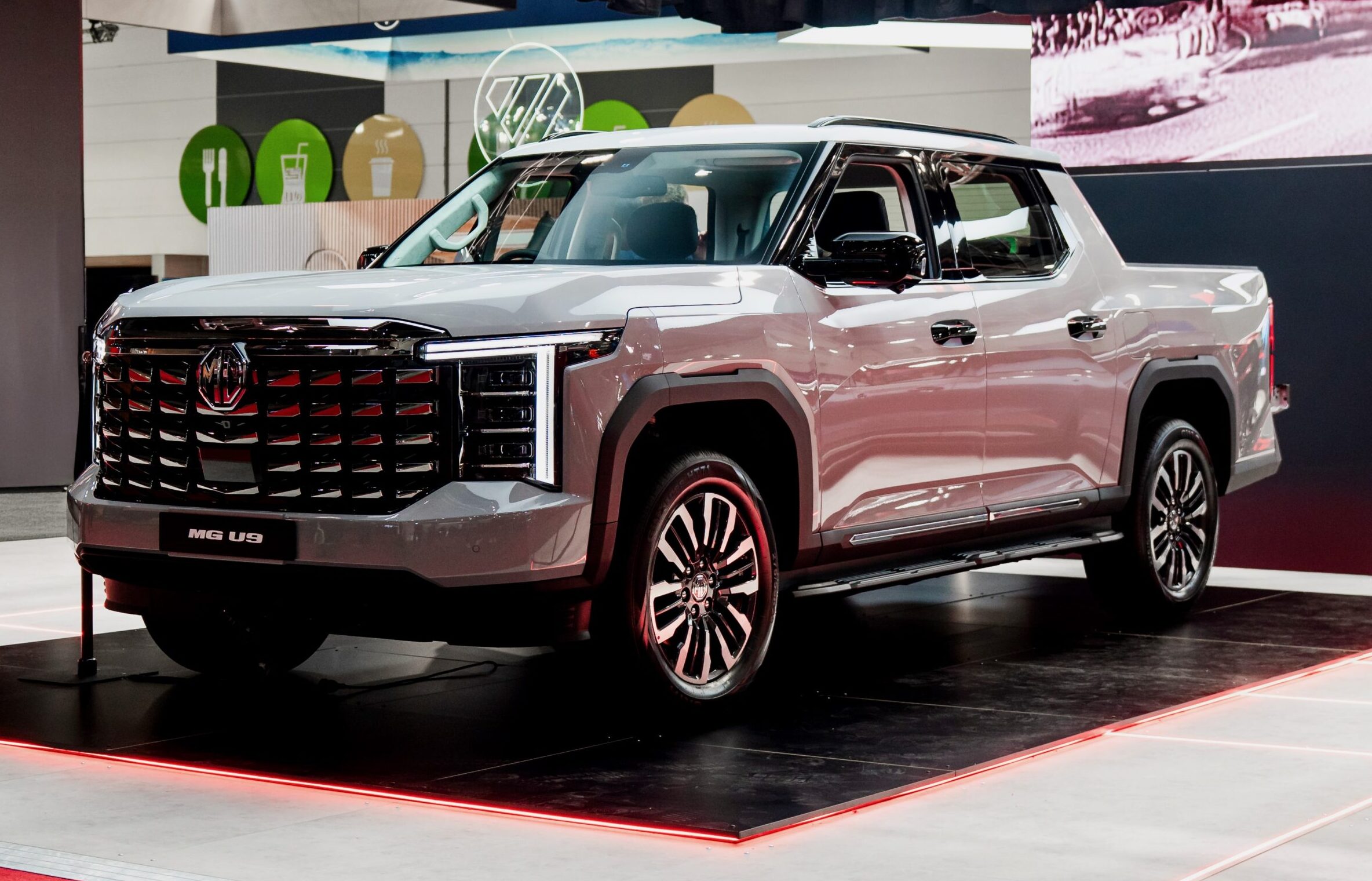Snapshot
- Updated Compass comes with a lot of tech as standard, but limited options
- Not taking kit out of cars as is the case with some rivals
- Two Compass variants already here, others coming by year’s end
Jeep Australia has so far swerved being badly hit by the growing semi-conductor crisis by reducing the number of options on its models.
While the updated 2021 Jeep Compass has improved tech and safety features now as standard, it also comes with a pretty short extras list – with only the two highest spec variants gaining optional packages beyond premium paint choices.
However, according to Jeep, offering fewer options is allowing the company to keep producing its cars in good numbers, and bringing them into Australia, without having to strip out components.
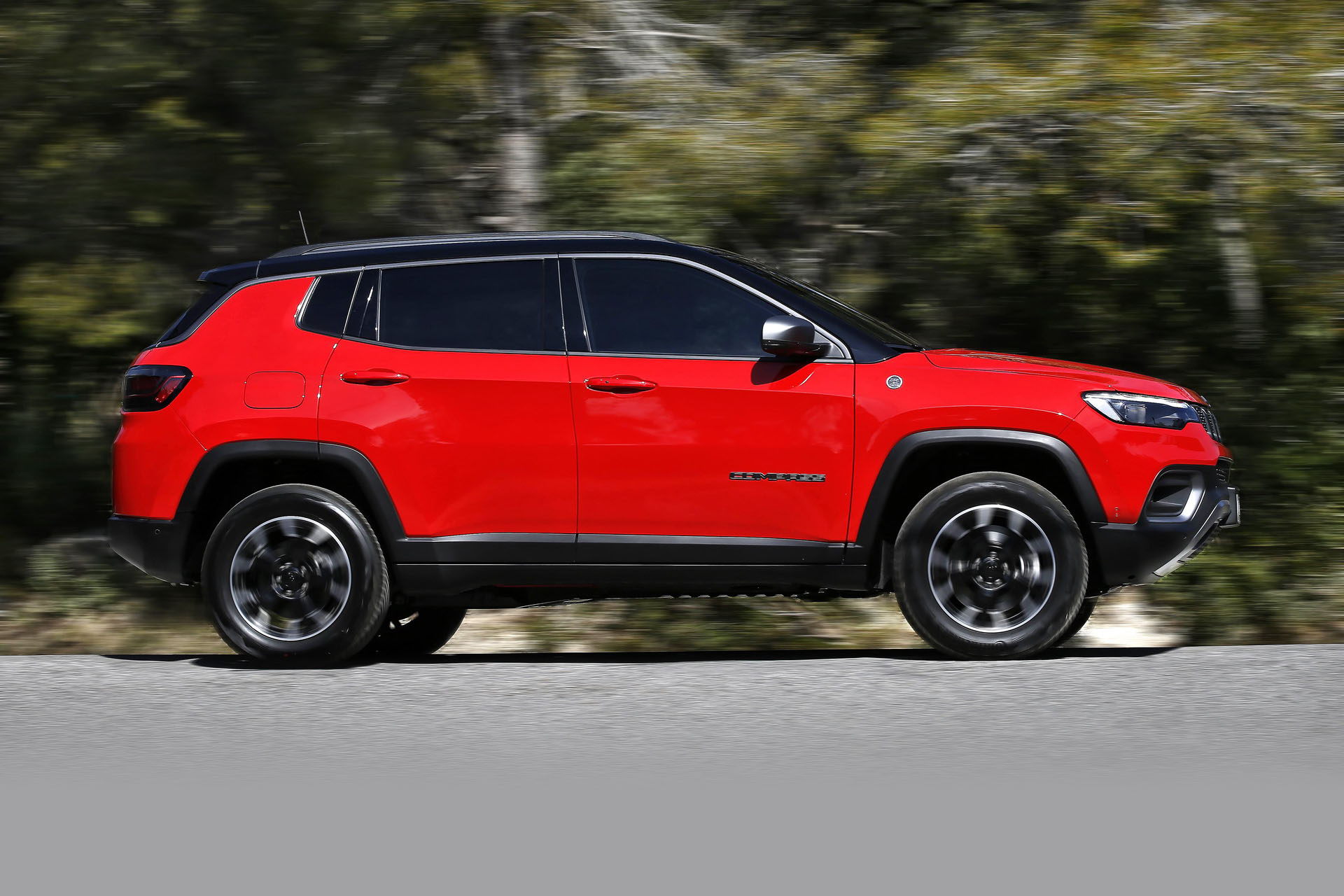
“With the new level of equipment [in the 2021 Compass] you’d think it would mean more problems related to chips, but so far we’ve done well,” said Kevin Flynn, MD of Jeep Australia.
“We’ve reduced the number of options and variations across the whole of our range – and we’ve done that deliberately as we decided it was better for us, and easier for our customers and dealers.”
Speaking at a presentation today, the MD said the US marque was not immune from the global issues, but unlike some other carmakers, it hasn’t yet had to pull components from any models – saying “so far, we’re ok”.
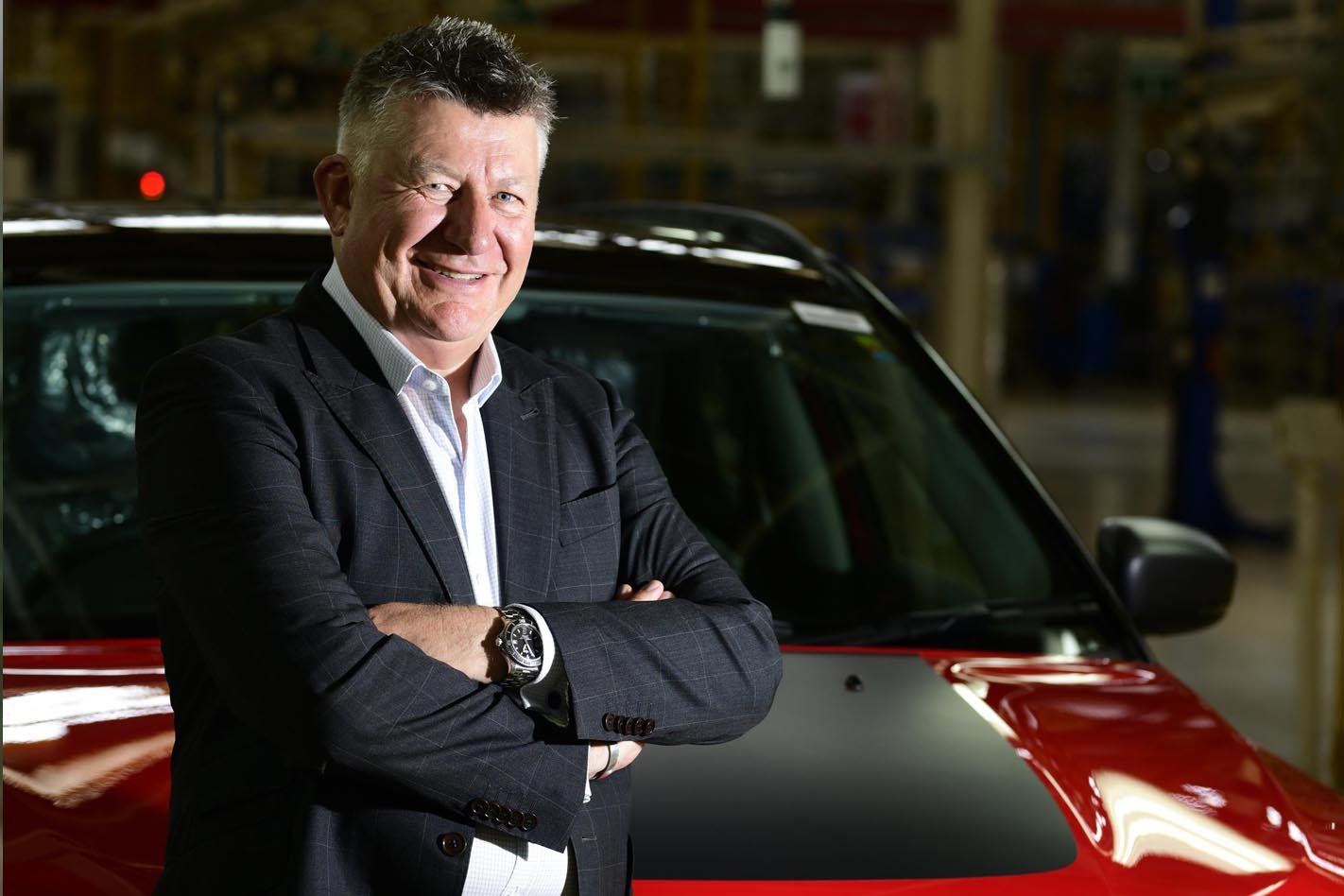
While the boss acknowledged supply of the Compass has been affected by the global parts shortage, he added that in other models the order banks were “very healthy”.
So far the Launch Edition and S-Limited variants are the only ones to have arrived on Aussie shores – but Jeep has confirmed the 80th Anniversary Edition is expected to land next month, with the Limited and Trailhawk following by the end of the year.
“Worldwide production issues are holding us back a little – we don’t think we have ever had such a low level of stock in this country,” Flynn said.
“We’re working to improve our situation but I can tell you that we would be in a far stronger position [with Compass] if it wasn’t for the current frustrations and restrictions.
“Every month we look at the production planning and at the figures in great detail and hope we see the numbers produced that we want, and then re-forecast.
“Obviously we’ve had to be reasonable in what we have been asking for [from US HQ].”
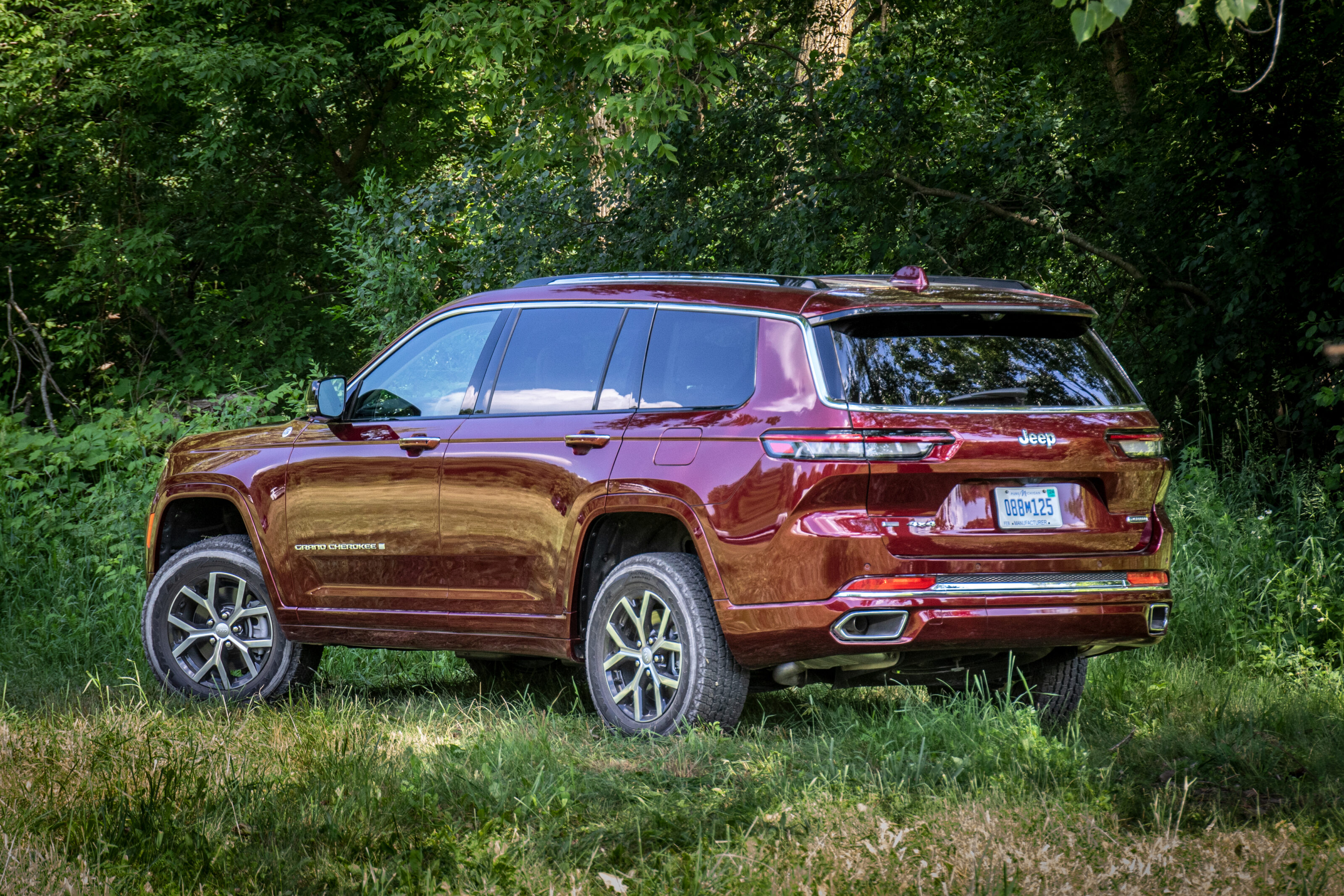
The brand is still expecting to launch the new Grand Cherokee locally in the final quarter of this year, although only in three-row guise initially – with the two-row version coming later.
Conversely, Flynn ruled out the Australian arm bringing the Compass-based Commander, found in overseas markets, Down Under, stating: “We did have a look at that, but at this point in time it is not going to make up our offering.”
According to Flynn, over the last few years Jeep has turned its performance around and “everything we said we wanted to achieve is actually being achieved”.
“A lot has changed. The previously decline of the brand levelled out in Covid-hit 2020. This year, despite the challenges around chips and the pandemic, it has been a fantastic year. What we have achieved so far has been pretty good – we’re 97 per cent up on 2019,” he said.
With sales improving for the US carmaker locally, it seems its new approach to becoming a premium brand is sitting well with Australian customers.
Flynn told Australian journalists on Friday Jeep has been relaunching its strategy to its dealers in recent months.
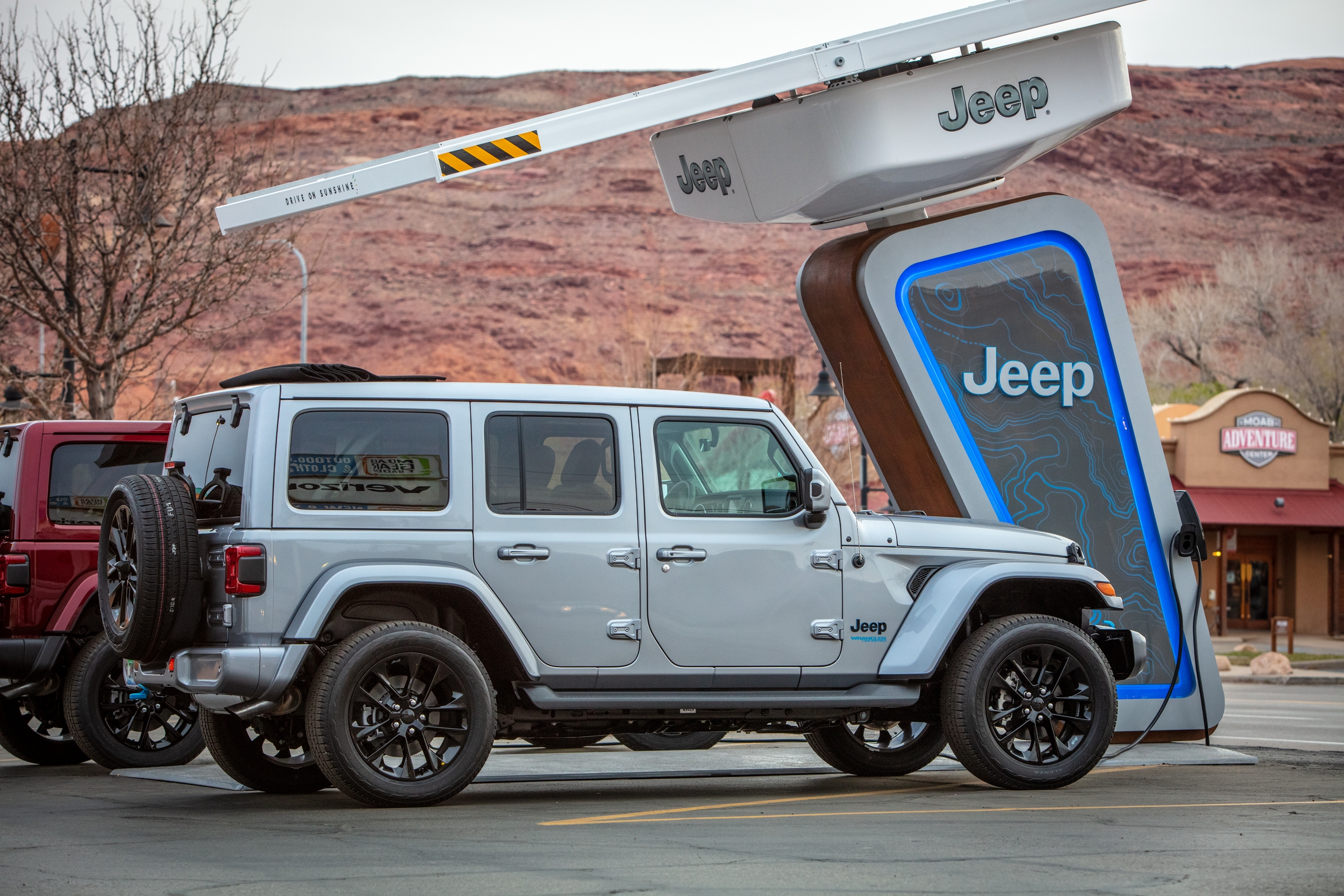
“It is becoming harder and harder to actually sell the entry grade vehicles [in Australia] and even now in the Launch Edition [of the 2021 Compass] the level of spec on that is so much higher than what we launched on the last model.
“We’re also seeing that move up with the next Grand Cherokee, which is just on a different level. Jeep really has moved upmarket.”
When asked about the company’s plans to bring its new electrified models, such as the hybrid Wrangler 4xe, Down Under (revealed earlier this year for the US market), the MD kept his cards close to his chest – but did express frustration at Australia’s lack of national emissions targets and failure to encourage greater uptake of electric vehicles.
“Australia is interesting isn’t it? Predicting the right time to launch electrified products in Australia is an art,” Flynn said.
“We are obviously working hard on finding that right time and are keeping a close eye on the technical innovations (being developed by parent firm Stellantis more widely) and are going to be in a good position to move at the right time with the right products.
“It’s interesting to see some movement on that front in New Zealand, which could have some influence in what happens here. Over the coming months we will start making some announcements.”
We recommend
-
 News
NewsStellantis boss believes semi-conductor shortage will continue into 2022
The worldwide chip supply issue is projected to drag on into next year
-
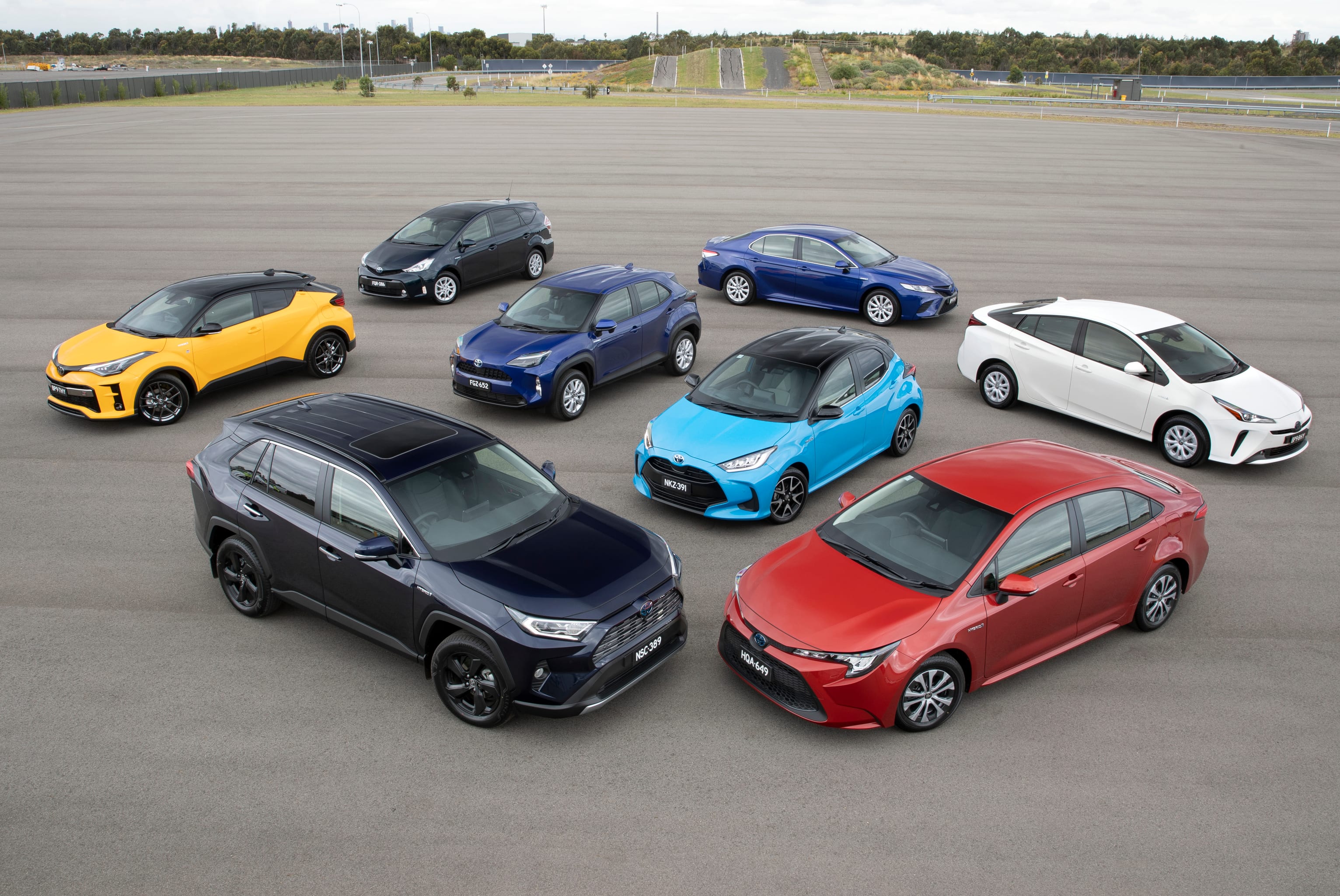 News
NewsToyota announces production cuts, delays to Australian LC300 deliveries
Most popular brand in Australia will face future stock shortages
-
 News
NewsWho's got what: How the semi-conductor shortage is affecting Australia
It has been a known issue for many months now, but which models are affected and which aren't? We've got the latest information for you here


